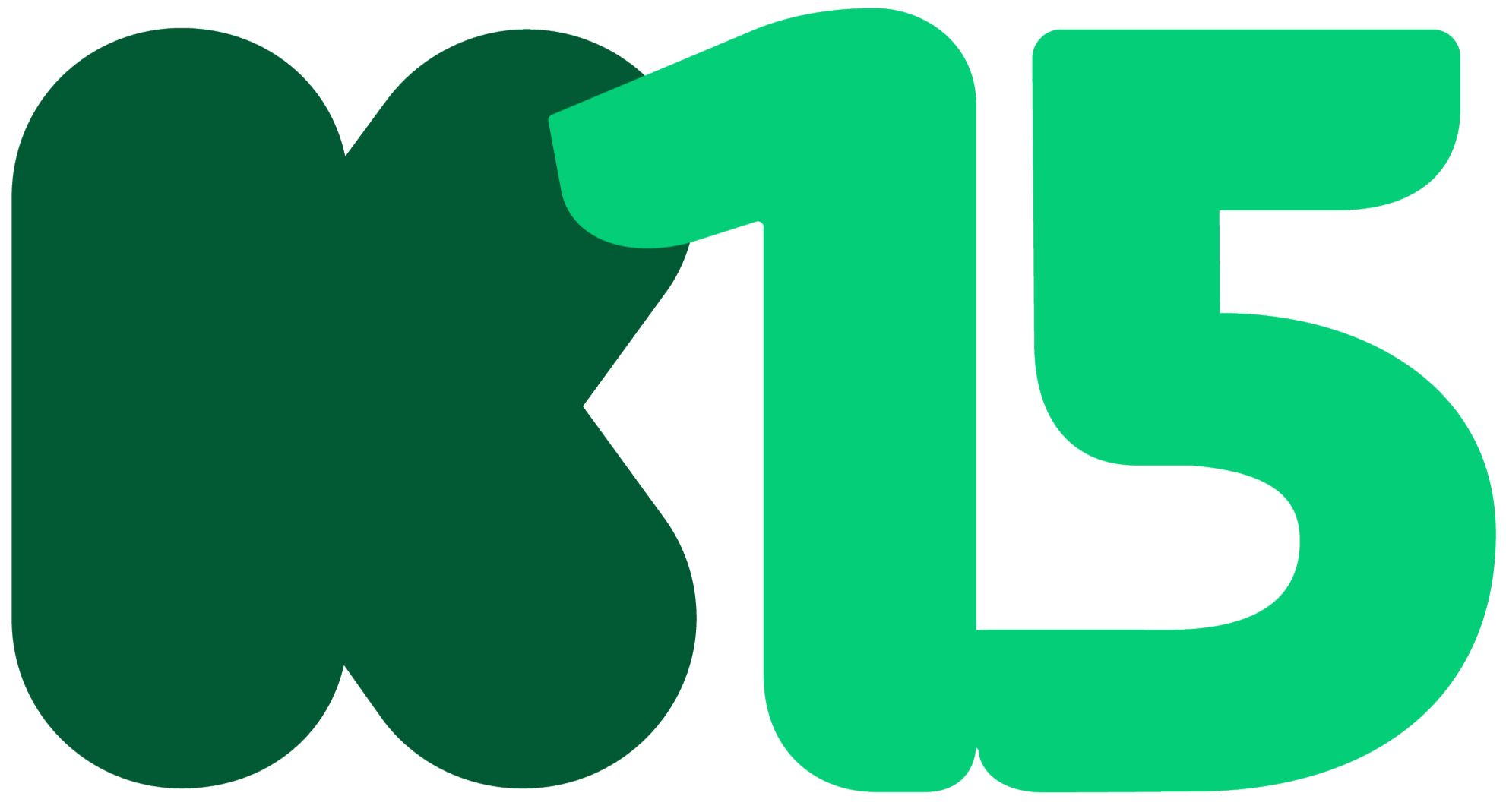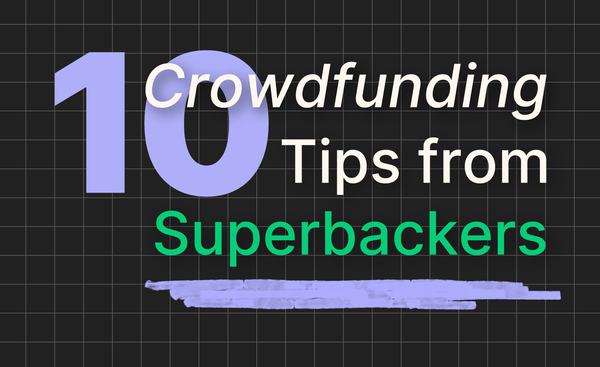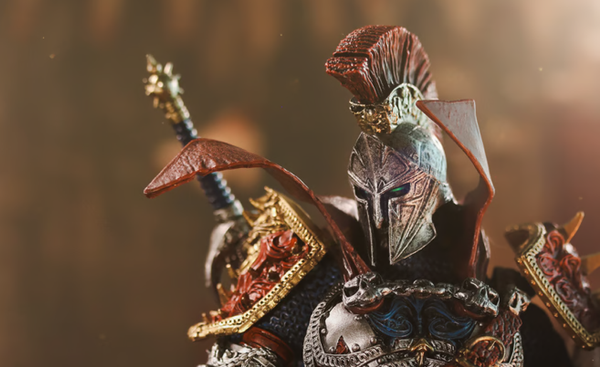How to Get Featured on Kickstarter
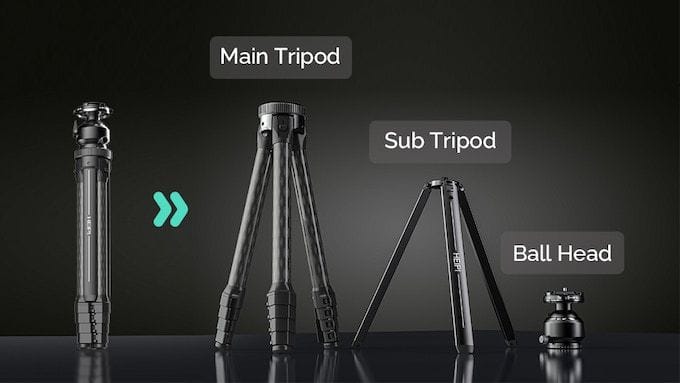
How can I become a Project We Love? How can I get my project featured by Kickstarter?
These are questions we often hear from our creator community. Our team is always on the lookout for exceptional projects, and when we find one, we share our enthusiasm by giving it a Projects We Love badge, and by showcasing select projects on our homepage and in our newsletters.
What do we mean when we say “exceptional projects”?
Every Kickstarter project starts with a creative idea. So when we look for standout projects to feature, we look for ideas that go the extra mile in their uniqueness and ambition — for example, projects that involve entirely new approaches to creating, amplify underrepresented voices, or bring creative communities together in unexpected ways.
Beyond having a unique idea, the way you tell your story through your project page also plays a role in which projects we decide to feature. There are a few extra steps you can take to build an eye-catching project page that will capture the attention of your backers — and the Kickstarter team. We’ve highlighted a few of our most important tips below.
A few tips for crafting a standout project page:
1. Start with a strong idea — and express it clearly.
Whether you’re working on a mother's cookbook, a webcomic anthology, or a tabletop models, your project page should introduce your idea clearly and simply. Give your project a title and description that lets people know what you’re making, and don’t overhype it — there’s no need to write in all caps or declare that this is the “BEST PROJECT EVER!” Make sure your text is free of typos, too.
Head here for more tips on telling your story on your project page.

2. Choose a compelling project image.
Your project image is what people will see when they search for your project on Kickstarter.com or share it on social media. Make it clear, bright, and simple. Don’t cover your images with badges, banners, or otherwise distracting graphics.
Head here for more tips on picking a great project image.
3. Put the essential information first.
Make sure your project page starts with a quick, clear statement about what you’re doing. Save the more detailed descriptions and backstory for further down the page. If someone were skimming just the first two paragraphs, what information would you want them to see?
4. Show, don’t (just) tell.
Add plenty of visually compelling, high-quality photos, videos, and GIFs to your project page. Make sure the media you include helps tell your story and illustrates the specifics of what you’ll be making. If you’re a musician, for example, embed some audio tracks. If you’re an artist, show examples of your previous work.
Look for images and GIFs that would catch your eye if you were to scroll past them on Twitter or Facebook. And anything that shows your creative process — the hands-on work that goes into bringing your project to life in your studio, out in the field, or wherever you create — is highly encouraged.

5. Show your rewards.
If you have finished or near-finished examples of what you’re making — or even previous, similar works — add photos of them to your project page. Offering concrete examples of what you hope to create (or have created in the past) will help motivate backers to get involved.
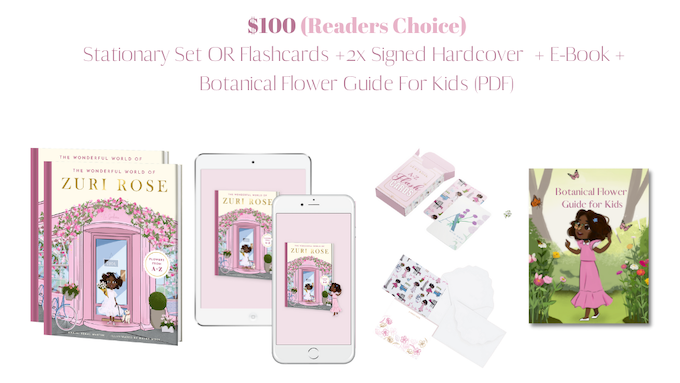
6. Remember your audience.
Kickstarter is an all-ages website, so it helps to keep your project image and text free from profanity and appropriate for people of all ages. And while Kickstarter is open to creators and backers around the world, a large proportion of our community is English-speaking — so if you’re using other languages on your project page, it helps to include translations. Add subtitles, captions, and alt text to your video to make sure you’re communicating your project to the broadest possible audience.
7. And finally, don’t spam.
Don’t promote your project where it shouldn’t be promoted or send unsolicited messages to people you don’t know. Whether you’re doing it via email or on social networks, it’s against Kickstarter’s Community Guidelines and could get you suspended from the platform.
There are thousands of projects live on Kickstarter at any given time, so we can’t feature them all. But if you follow the tips listed here, you’ll have the best possible chance of catching the eye of the Kickstarter team — and a community of backers who will be passionate about helping you bring your project to life.

Here are a few more examples of eye-catching project pages that follow these tips:
- VKTORI Braless Ribbed Knit Tee
- In this Brief Life by Eugene Richards
- Fit to Print by FLATOUT GAMES
- Take Me Home - Short Film
- Malika Vol.4 (Fallen Queen Part 2)
- The New Adventures of Gidon Lev
- Ramshackle: The Animated Pilot
- From Lucie - French-inspired bakery
For even more tips on building your project page, browse our Creator Handbook — it’ll walk you through everything from planning and launching your project to shipping rewards.
